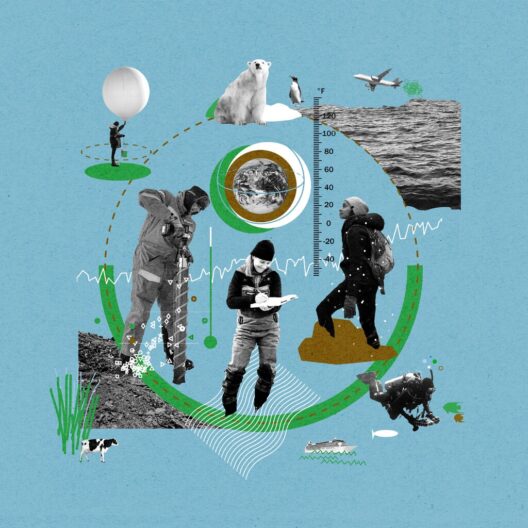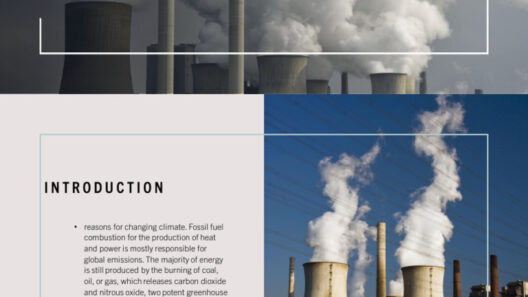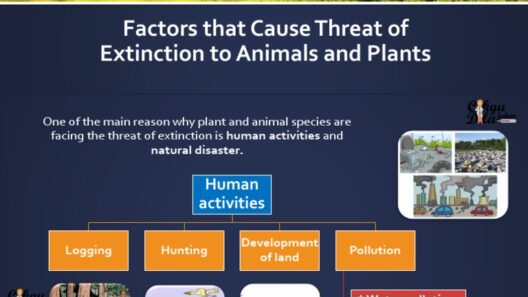The concept of weather modification, commonly referred to as geoengineering, has gained significant traction as a potential solution to mitigate the effects of climate change. While global warming primarily results from greenhouse gas emissions leading to unprecedented alterations in atmospheric conditions, the allure of tampering with weather patterns to alleviate some of these effects cannot be overlooked. Various governments and research institutions around the globe are exploring different techniques for weather modification, raising a pressing question: could such interventions actually impact global warming?
To unravel this complex issue, it is crucial to first understand the various methods of weather modification. These techniques typically encompass cloud seeding, which involves dispersing substances into the atmosphere to encourage precipitation, and solar radiation management, which aims to reflect a small percentage of incoming solar radiation back into space. While these methods may seem theoretically sound, their practical implications spark an invigorating debate among scientists, policymakers, and environmental advocates.
One prevailing observation about weather modification is its dual-edged sword nature. At face value, the ability to induce rainfall in drought-stricken areas or to curb extreme heat conditions can be perceived heroically. Governments may be driven by the immediate need to address agricultural challenges or to safeguard public health. For instance, in regions plagued by persistent drought, cloud seeding has been employed with the intention of replenishing water supplies. However, beneath this surface-level benevolence lies a more intricate narrative that raises concerns about both efficacy and ethical implications.
While proponents of weather modification argue its potential benefits, critics point to the unintended consequences that could arise from such interventions. If one region experiences increased rainfall due to cloud seeding, it raises questions about how this might affect neighboring regions. Weather systems operate in interconnected dynamics; altering weather in one area can have cascading effects, potentially exacerbating drought elsewhere. This complexity makes it evident that weather modification cannot operate in isolation; it exists within a global framework of interconnected atmospheric systems, raising the stakes for unanticipated climate scenarios.
Moreover, the notion of governmental intervention in weather processes introduces another layer of complexity. The ethics of manipulating weather patterns are contentious. Who decides which regions benefit from weather modification? Could the actions of one nation, wielding weather modification technologies, infringe upon the climates and agriculture of another? Such questions of sovereignty and ethical responsibility underscore the need for international cooperation and governance frameworks before any large-scale deployment of these technologies sees fruition.
An additional layer of intrigue lies in the long-term viability of weather modification as a means to address global warming. Can humanity’s attempts to regulate weather ultimately serve as a distraction from the more profound imperative of reducing carbon emissions? It is essential to recognize that weather modification does not directly address the root causes of climate change but rather seeks to alleviate its symptoms. Relying on such technologies may inadvertently perpetuate a cycle of dependency, wherein the underlying emissions problem is neglected in favor of short-term fixes.
Furthermore, the scientific community remains divided over the potential efficacy of weather modification techniques. While some studies suggest promising results from localized cloud seeding initiatives, others indicate minimal impacts, calling into question the reliability of these methods. The variability of atmospheric conditions introduces an inherent unpredictability, necessitating extensive research and rigorous assessment before considering widespread implementation.
The environmental impact of weather modification should also be scrutinized closely. The substances used in cloud seeding, such as silver iodide, raise concerns regarding their long-term environmental effects. Accumulation of these materials could have unintended consequences on ecosystems, perhaps disrupting local wildlife or contaminating water supplies. Thus, while the short-term benefits of weather modification may be appealing, a thorough investigation into the long-term ramifications is paramount.
Historical examples of attempts at weather modification further emphasize the complexities involved. The controversial Project Stormfury, initiated in the 1960s by the U.S. government, aimed to weaken hurricanes through cloud seeding. Ultimately, the project was deemed unsuccessful and accompanied by significant concerns over potential ecological disruption. Such historical precedents serve as cautionary tales, reminding us that despite the allure of technological intervention, nature’s systems are profoundly intricate and resistant to oversimplified solutions.
As conversations about weather modification continue, it is essential to foster a balanced discourse that prioritizes scientific inquiry, ethical considerations, and international collaboration. Rather than viewing weather modification as a silver bullet, it should be approached as one potential tool within a broader toolkit aimed at combating climate change. Comprehensive strategies are essential—strategies that integrate renewable energy investments, robust carbon reduction policies, and conservation practices to address the multifaceted challenges posed by global warming.
In conclusion, the realm of weather modification presents an intriguing frontier with the potential to influence the trajectory of climate change. Yet the implications of these technologies necessitate a careful, nuanced exploration. The critical challenge lies in marrying the ambitions of weather modification with a commitment to addressing climate change’s root causes. Ultimately, while innovative approaches are indispensable in the fight against global warming, they must be anchored in a holistic understanding of ecological systems and ethical governance to ensure a sustainable future for the planet.








